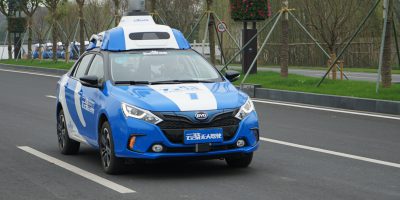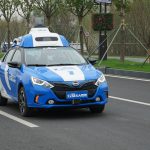
The development of “driverless” buses aim to complement existing manned bus services. Source: Shutterstock
Singapore driving the way for autonomous vehicles with driverless bus plans
SINGAPORE has announced plans to introduce driverless buses to its public roads by 2022. The government has revealed initiatives to pilot the buses in three new neighborhoods with less-crowded roads designed to accommodate the vehicles.
The buses will be introduced with the aim to improve road safety, reduce vehicle congestion, alleviate pollution and address manpower challenges.
The development of ‘driverless’ buses aims to complement existing manned bus services, and will initially operate only during off-peak hours.
“The autonomous vehicles will greatly enhance the accessibility and connectivity of our public transport system, particularly for the elderly, families with young children and the less mobile,” said the Transport Minister Khaw Boon Wan.
Singapore has so far avoided the tiresome traffic jams that overwhelm other Asian cities, through the use of road tolls and an increased spend on public transport. In fact, Singapore is fast becoming one of the world’s most expensive places to own a car. Car owners are subjected to various government fees and taxes, mainly as a way to reduce traffic and pollution in the densely-populated city-state.
The country has hopes of becoming a leader in driverless technologies, with companies such as NTU and CleanTech Park already hosting a driverless Navia shuttle for three years now. As well as this, earlier this year Singapore saw driverless pods hit certain streets as well as trialing nuTonomy’s self-driving taxis.
“Our land transport constraints may help us become a global player in urban mobility solutions. What works here is likely to also work in other cities,” said Khaw, who was speaking at the launch of a test centre for self-driving vehicles.
Despite the vast potential of autonomous vehicles, there are still issues to be considered. For instance, it was questioned who would be liable in an accident involving a vehicle with no driver. Earlier this month, a self-driving bus was involved in a crash just two hours after its Las Vegas launch – though this was reportedly the other vehicle’s fault.
READ MORE
- Global concerns rise over alleged cyber hacking activities linked to China
- China’s new tech policies challenge Intel and AMD in a shifting landscape
- Saudi Arabia could become the largest player in the AI industry
- How vulnerable are we to cyber threats in the digital age? Here’s what IBM found
- Wise: Revolutionizing travel and finance in Malaysia


